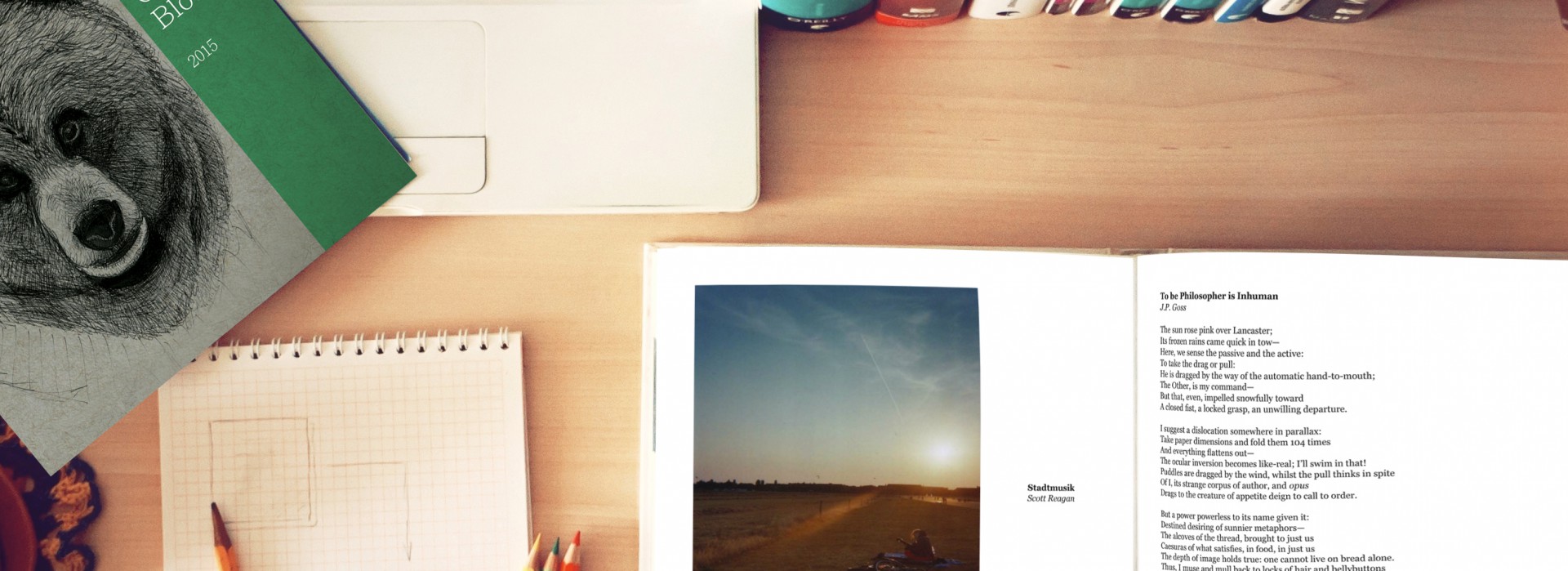by Isaac Fox

A literary magazine cover letter is a strange thing. It sounds more formal (and probably more important) than it actually is. Expectations differ a lot from magazine to magazine, but in general, a cover letter just communicates some simple information and shows that you can be a polite human being.
One of the biggest errors new writers make in their cover letters is boasting. It’s not a place to pitch yourself; your creative work should do all the talking on its own. Instead, keep things simple and fairly impersonal. Your language should be business-casual—a few contractions are usually fine, but don’t begin the letter with a “Hey” or anything.
Personally, I try to say as little as I can. The less words I use, the less chances I have to say something dumb. So here’s what usually needs to be in a cover letter:
1. A polite greeting. Try to find the name of the departmental editor who will (ideally) be opening your email or submission form. For example, if you’re submitting poetry to GB, “Dear Lexi Gonzalez” is perfect. Addressing a cover letter “Dear editors” is also fine, especially if you can’t figure out who might be reading your submission. (Avoid “To whom it may concern”—it kind of reminds folks of junk mail, and it’s a pet peeve for some editors.)
2. The genre (e.g., poetry, prose, visual art) and title of what you’re submitting.
3. A note that your piece is a simultaneous submission (if you’re submitting it to other publications at the same time) and that you will immediately withdraw it if it’s accepted somewhere else first.
4. Some kind of pleasantry and a polite closing.
5. Anything additional that the publication asks for. I’ve bumped into litmags that actually DO want to hear all about your cat, dog, best friend, spouse, and favorite video game in your cover letter. Editors may also want you to tell them about previous publications, the wordcount(s) of whatever you’re submitting, any relevant trigger warnings, and goodness knows what else. Submittable forms will often ask you to put your third-person bio in the cover-letter field. Carefully read a publication’s submissions page and/or submittable form to figure out what they want.
Here’s a sample cover letter that I recently sent:
Dear editors,
I’ve attached three poems titled “My Thoughts on Being Engaged to You Again,” “Abecedarian: Ingredient List and Complete Procedure for the Production of Success,” and “Night Song for Lake Ice.” They are 133, 82, and 150 words long, respectively.
These pieces are simultaneous submissions, and I’ll let you know immediately if they’re accepted elsewhere. Thank you very much for considering my work for publication.
Gratefully yours,
Isaac Fox
If I really, really love something I’ve recently read in a litmag I’m submitting to, I might briefly compliment that piece near the end of my cover letter. I doubt this actually helps my chances of getting accepted, but it can’t hurt. Hopefully it at least brightens someone’s day a little.
At Green Blotter—and most other publications, honestly—nothing in your cover letter is likely to affect your chances of having a piece accepted. (There are two exceptions to this at GB: if you don’t tell us that you’re an undergrad, or if you put something really awful, like hate speech, in your cover letter). We read blind, so most of the people reviewing your submission don’t even know who wrote the piece they’re reading.
However, at some publications, your cover letter really does affect your work’s chances of getting accepted. Treating every cover letter with care is good practice for when you submit to a magazine where it really, really matters.
Isaac Fox is a student at Lebanon Valley College, where he majors in English and creative writing. When he’s not reading or writing something assigned, he’s probably reading or writing something unassigned. His work has previously appeared in Tiny Molecules, Rejection Letters, and several other publications. You can find him on Twitter at @isaac_k_fox.


